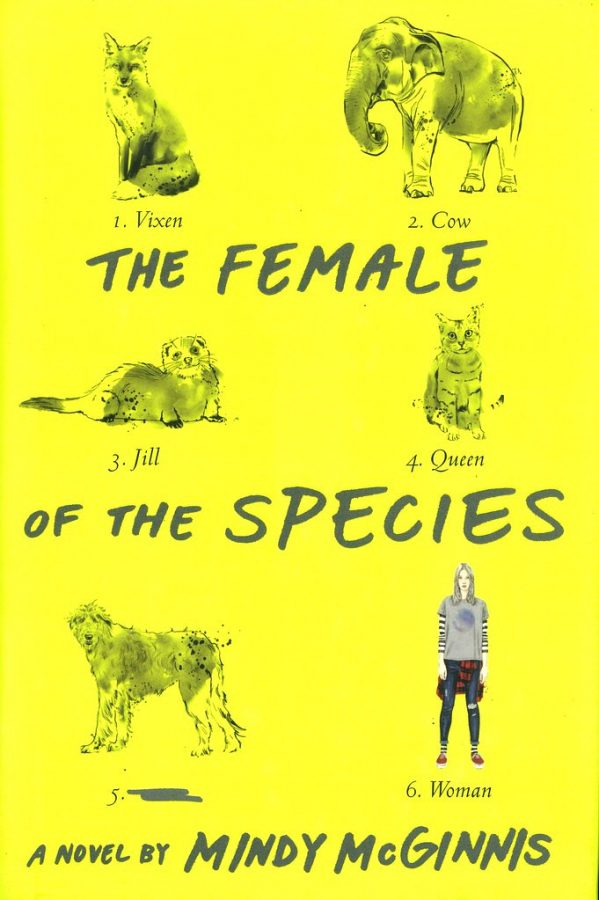Book Review: The Female of the Species by Mindy McGinnis
February 3, 2021
I always love books with heavy topics because it gives the characters a level of humanity that just cannot be achieved with a milder plotline. The Female of the Species handles such topics well, and though I didn’t like how McGinnis writes the characters much, it was still an enjoyable story.
The novel follows a high school girl named Alex Craft, and she is vengeance personified. She has so much anger built up inside of her because of her sister’s murder that occurred three years prior, but was never brought to justice as the murderer still walked free, as anyone would in such a situation. However, she became a literal murderer because of it. I feel as if this was something that was kind of glossed in such a way that it had less to do with the plot, and more to do with understanding her as a character. That is part of the reason I was not a big fan of the character writing in this book; it was just unrealistic.
One thing I really liked, though, was the choice for the main character; while every character is distinct in their own way, they all fall under typical archetypes of characters, whereas Alex deviates from the “outcasted teen” type I feel she was inspired by. Alex is not like the people around her, and she is the outsider that does not understand how the average high schooler thinks. However, she did not read as the stereotypical “weird” kid that we see so much in pop culture stories about high schoolers. Her problems were not trivial, and she only isolated herself from the world around her to protect others from her uncontained violence. Peekay, her only friend, is like the average teenager; she fits right in, but she’s not popular. Branley is the typical popular girl, and Jack is the typical jock that plays sports at the school.
This story really highlights the brutality of toxic relationships that form among teens more than people would like to think. Readers are able to see and understand the intricate relationships between people like Jack and Branley, or Peekay and her boyfriend, and how horribly people can treat each other. There were much heavier topics as well, such as when the novel explicitly attacks rape culture and the victimization of the perpetrators rather than the actual victims. With these types of stories, I tend to be very critical, but within this book, I found that the situations that the characters found themselves in were realistic. For the most part, it did not seem forced in an effort to get a point across, though there was a clear message—teenage girls are often pushed to the side and their emotions ignored. Though I did not like the writing tyle, I still loved this book because of that message. It was something I could identify with. Teenage girls are often branded as sensitive or annoying, and anything marketed toward them is often mocked. The Female of the Species takes this perhaps trivial issue and puts it on a larger scale. When you read about how these teenage girls are subject to abuse, sexual assault, and murder, and on top of that get zero justice, it makes you reflect on the real world.
I will say, though, that the way that McGinnis approached the conflicts was less than satisfactory to me. A love story between Alex and Jack was thrown in, and it made every difficult situation romanticized. The message would have been a lot stronger to me if Alex faced her journey without the help of a boy who was disloyal to her up until the end of the story. Still though, I feel that McGinnis was able to capture the essence of what it is to be the female of the species.
Overall, I would rate this novel a six out of ten, and I would definitely recommend it to others. However, if you will read it, heed my warning that there are scenes containing graphic descriptions of sensitive situations, such as sexual assault.



